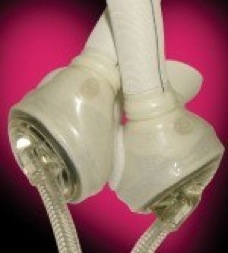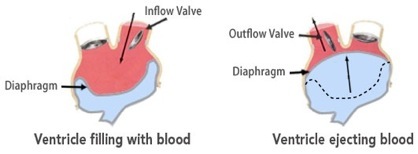Syncardia Systems Temporary Total Artificial Heart

TOTAL ARTIFICIAL HEARTS
The Syncardia total artificial heart was the first device designed to serve as a natural heart. It dates back to 1982 when Dr. Robert Jarvik designed and tested the Jarvik-7 for use in patients, where it was used in more than 70 patients . Its current version is now distributed by Syncardia. The main purpose of the Syncardia total artificial heart is to serve as a bridge to heart transplantation as to increase life expectancy of patients who are waiting for hearts. A patient with a longer life expectancy has a higher chance of receiving a donor heart.
The Syncardia total artificial heart is made up of the total artificial heart and the external source. For the artificial heart, it contains two ventricles that consist of four polyurethane diaphragms, which are also housed in polyurethane casing. These four diaphragms separate the blood chamber from the air chamber, where the ventricles can fill and eject blood when the external source compresses it with air. The ventricles also are fitted with valves as to control the direction of blood flow, similar to an actual heart. Each ventricle is attached by means of an atrial inflow connector to its corresponding atrium. Drivelines which attached to the external console and the artificial heart are positioned outside the chest wall. The external console known as the pneumatic driver serves to manage and supervise the total artificial heart.
The amount of blood that is pumped by the artificial heart is determined by the patients body based on its activity level. The diaphragms described earlier are what pumps the blood inside the ventricles. Blood from the body fills each ventricle and then ejected back to the body. This is achieved when the diaphragms are brought down by a vacuum which is supplied by the pneumatic driver, which allows blood to fill the ventricles. Once filled, air is let in to push the diaphragm, ejecting blood out. With this process, blood can be pumped up to 9.5 L/min through both of the ventricles.



Transplants of over 850 have been undertaken, which has accounted for over 190 years in life for patients. Studies have shown that 65% of patients with the Syncardia total artificial heart were out of being bedridden by day 5 and 60% of patients could walk over 100 feet after two weeks. Another study showed that 79% of patients who undertook the procedure were able o survive until transplantation, compared to only 46% of patients who survived to transplantation who did not have the artificial heart.
